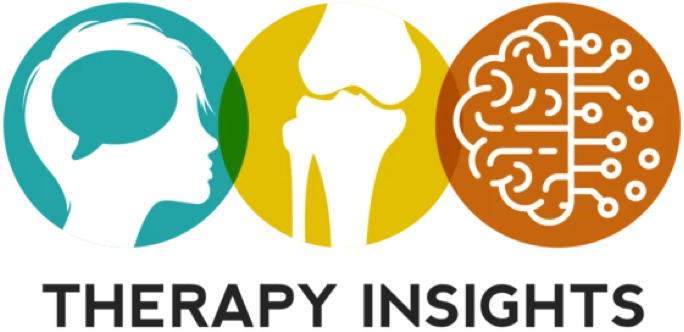Handout
Proactive Swallowing Therapy While NPO
Print Resource
— US Letter — 1 page
AdultSLPDysphagia
This handout is describes recent research outlining benefits of proactive swallowing therapy to prevent dysphagia and describes the basic anatomy/physiology of the swallow as well as the risk of aspiration and aspiration pneumonia.
